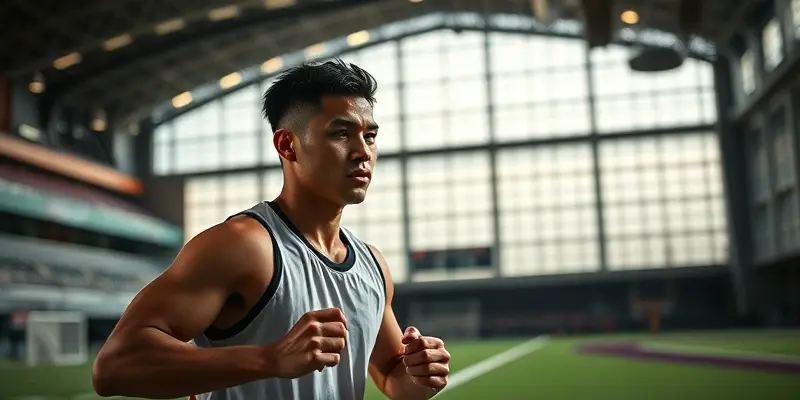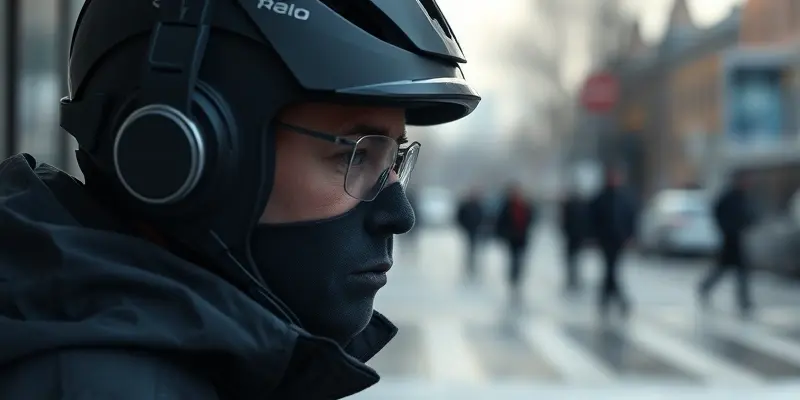Have you ever wondered why some athletes seem fueled by team spirit, while others thrive on solo challenges? Or why recovery and injury rehab differ so much from one sports culture to another? As it turns out, the answer often lies in culture. Today, let’s explore how cultural factors shape athletic motivation, approaches to injury prevention, and the road to recovery—and discover practical strategies to help you become a stronger, more resilient athlete.
The Cultural Blueprint of Sports Motivation
Collectivism vs. Individualism: Where Does Your Drive Come From?
In sports, motivation doesn’t just come from within; it’s often influenced by the environment and people around you. One of the biggest factors? Whether your culture values the group or the individual.
- Collectivist cultures (think China, many Eastern or African nations): Here, athletes are motivated by the desire to achieve for their community or team. It’s all about the group’s success, shared goals, and making the family proud. A soccer player from Brazil might push harder not just for personal glory, but to deliver a win for the hometown fans.
- Individualist cultures (like the US or Western Europe): Here, personal achievements and self-reliance take center stage. Athletes set their eyes on breaking personal records, winning solo medals, or reaching new performance heights for their own satisfaction.
Power Distance and Athlete-Coach Relationships
How much do athletes defer to their coaches? It depends. In some cultures (high power distance), coaches are respected authorities; athletes rarely question instructions. In others (low power distance), there’s more open dialogue, allowing athletes greater autonomy—fueling motivation through collaboration and self-direction.
Injuries, Recovery, and the Cultural Mindset
How Culture Steers Responses to Setbacks
Athletic injuries can be physically and mentally taxing. But how an athlete responds to injury—and their journey back to fitness—often mirrors cultural attitudes.
- In team-first cultures, there’s a powerful urge not to let the group down. This can make athletes push through pain, eager to get back quickly, sometimes to their own detriment.
- In self-focused cultures, athletes may take a more self-paced, individualized approach—prioritizing long-term well-being and following precise rehabilitation protocols.
Emotional Regulation and Recovery Motivation
How do you deal with frustration or setbacks? Some cultures value emotional restraint (stoicism), encouraging athletes to “tough it out.” Others encourage openness and seeking help, fostering resilience with community support or open discussion of setbacks.
For example: In many East Asian sports programs, cognitive strategies such as reframing negative thoughts are taught as essential tools, helping athletes bounce back mentally from injury.
Practical Strategies for Athletes and Coaches
Reflect on Your Cultural ‘Lens’
Before you set your next goal or approach recovery, ask yourself:
- Are my motivations driven by team expectations or personal milestones?
- How do I respond to authority and feedback from coaches?
- Do I tend to suppress emotions, or seek support and talk it out?
Understanding your own cultural blueprint can help you choose the strategies that best suit your mindset.
Tools for Culturally-Savvy Recovery and Motivation
- Goal-Setting the Right Way: If you’re team-oriented, set collective goals: “Let’s all get back on the field together.” If you’re self-driven, break recovery into meaningful personal milestones.
- Build Strong Support Networks: Leverage family, teammates, or online communities as needed. Social support is key for both physical healing and mental motivation.
- Effective Coach-Athlete Communication: Coaches, adapt your style! For athletes from hierarchical cultures, provide clear, structured guidance. For those from collaborative backgrounds, involve athletes in goal-setting and feedback.
- Emotional Strategies: Learn techniques like cognitive reappraisal or mental visualization, and practice emotional openness if it fits your cultural comfort zone. Techniques like visualization for healing can be especially valuable tools to support mental resilience during recovery.
Conclusion: Embrace Your Culture, Elevate Your Recovery
Recognizing that cultural factors shape our motivation and recovery isn’t just academic—it’s practical. Whether your inner drive comes from lifting up your team or beating your personal best, honor your roots. Reflect on what motivates you, adapt your strategies, and, as a coach or peer, support others’ cultural perspectives.
Remember: The journey to resilience is unique for each of us, but by understanding our own cultural influences, we can craft a recovery and performance plan that’s truly our own. Stay strong, stay aware, and keep moving forward!
Written by a fitness and health expert with over 10 years of experience in sports training, wellness, and performance optimization for GymPulse Club.

